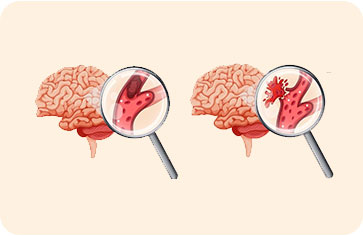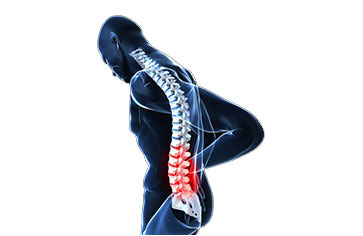
Knee pain can result from various knee joint structures, including bones, ligaments, tendons, and cartilage, often exacerbated by activity, obesity, or underlying medical conditions like arthritis. Injuries, overexertion, and conditions such as arthritis or infections are common causes. Risk factors include age, excessive weight, muscle weakness, poor posture, occupation, gender, and certain medical conditions. Preventive measures include maintaining a healthy weight, strengthening muscles, using proper technique during activities, wearing supportive footwear, and gradually increasing activity levels. Seek medical attention for knee pain if walking becomes difficult, deformity is noticeable, pain persists at night or during rest, or swelling occurs. Diagnosis involves a physical examination, imaging tests like X-rays or MRI scans, laboratory tests, joint aspiration, and sometimes arthroscopy. Physiotherapy treatments may include exercises like quad sets and leg raises, hip strengthening, stretches, and balance exercises, along with additional therapies like Ultrasound, Kinesiology Taping and soft tissue massages to alleviate symptoms and improve knee function.
Book Appointment





